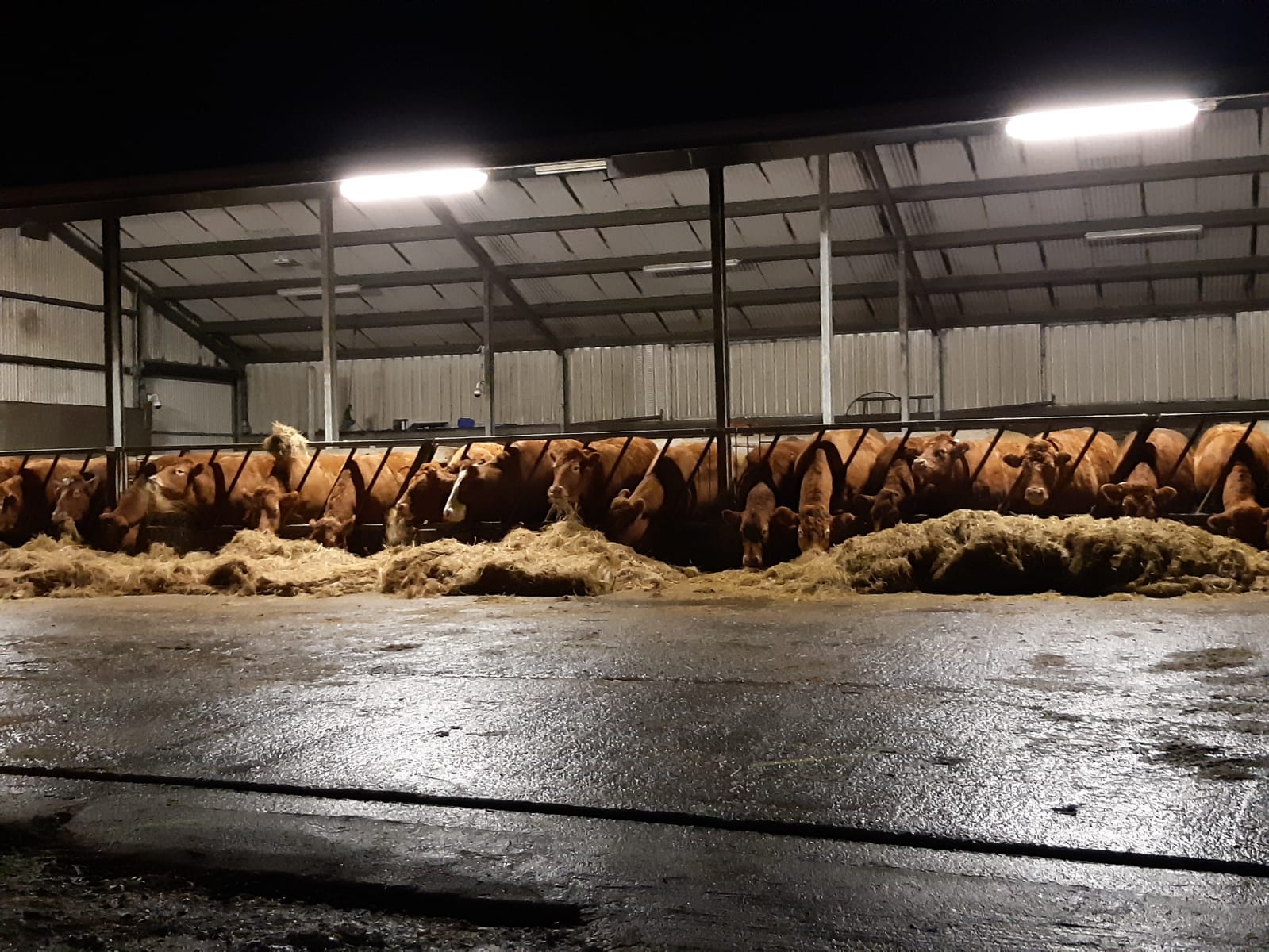Top tips for housing cattle
1. House in groups
Divide stock into groups based on weight and age and house in small groups. Aim to house when animals are dry. Housing in groups every few days makes it easier to monitor animals for signs of illness, particularly in young stock.
2. Weaning strategy
A gradual weaning strategy will smooth the weaning transition. Try and implement some pre-weaning practices such as meal feeding and wean outdoors if possible. Don’t house and wean on the same day, let calves settle indoors for a week first.
3. Stress
Don’t dose, castrate, dehorn or vaccinate cattle on the same day as housing to avoid additional stress on the animals.
4. Water
Clean out water troughs before bringing animals inside for winter. Check that they have refilled fully and are not leaking.
5. Health – Dosing/vaccination
Housing is an important time to treat cattle for parasites. The main parasites to control at housing are liver fluke, lungworms, and stomach worms. External parasites such as lice also need to be considered. As there are a number of stages of liver fluke, it is important to know what products kill the different stages. Most flukicides only control older immature or mature fluke, therefore, a second treatment will be required if treatment is not delayed post housing. A vaccination plan should be put in place in conjunction with your vet to control pneumonia etc. during the winter months.
Silage tests - It is important to know the quantity and quality of silage available on farm. Complete a fodder budget and test your silage now. Contact your local Farm Commercial Specialist to arrange a silage test or drop a sample into your local Homeland Store.

